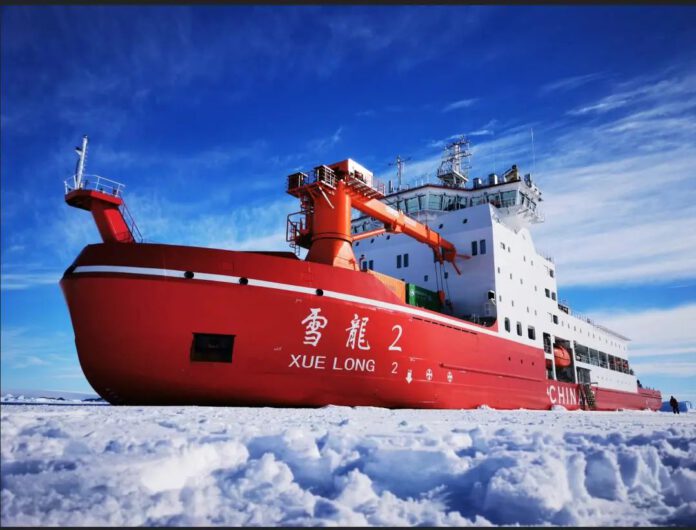
China’s 40th Antarctic Scientific Expedition embarked from Shanghai on November 1, initiating a five-month odyssey. The primary objective of this mission is the establishment of China’s 5th Antarctic scientific research station within the confines of the Ross Sea.
The Ross Sea, an expansive bay nestled deep within Antarctica, stands as one of the most southerly maritime regions accessible to vessels. Historically, it has served as a pivotal conduit for expeditions journeying to the Antarctic continent and onwards to the South Pole.
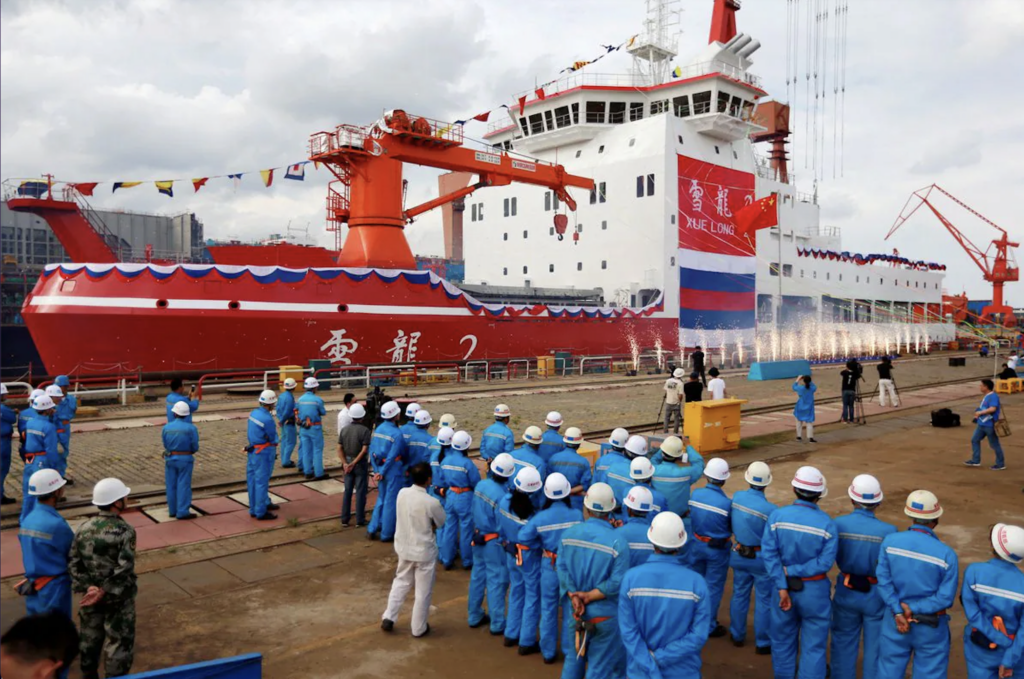
The chosen site for the new station lies proximate to the Ross Ice Shelf, Antarctica’s most extensive ice shelf. This region, characterized by the convergence of pivotal Antarctic geographic entities—including the lithosphere, cryosphere, biosphere, and atmosphere—represents a nexus of global environmental shifts, rendering it a prime locale for Polar Scientific Endeavors.
Since China’s 29th Antarctic Expedition, meticulous and methodical site evaluations have spanned the breadth of the Ross Sea, culminating in the selection of Inexpressible Island as the optimal location for the station.
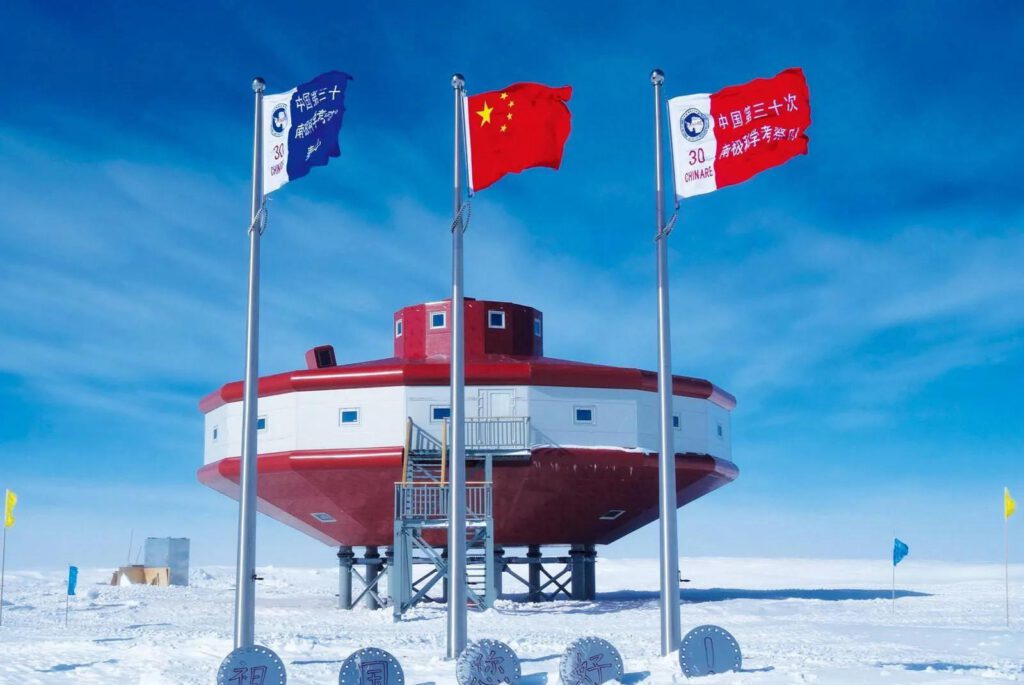
In a significant precursor to this endeavor, the Xuelong icebreaker from Shanghai on November 8, 2017, commencing China’s 34th Antarctic expedition. This mission’s pivotal objective was to lay the groundwork for the forthcoming Ross Sea station.
Undeterred by the formidable Antarctic environment, a 27-member team exhibited unparalleled resilience and dedication. Overcoming myriad challenges, they toiled ceaselessly for over 20 days, culminating in the establishment of the station’s foundational infrastructure. On February 7, 2018, a groundbreaking ceremony marked the formal commencement of construction activities for China’s fifth Antarctic research station on Inexpressible Island within the Ross Sea enclave.
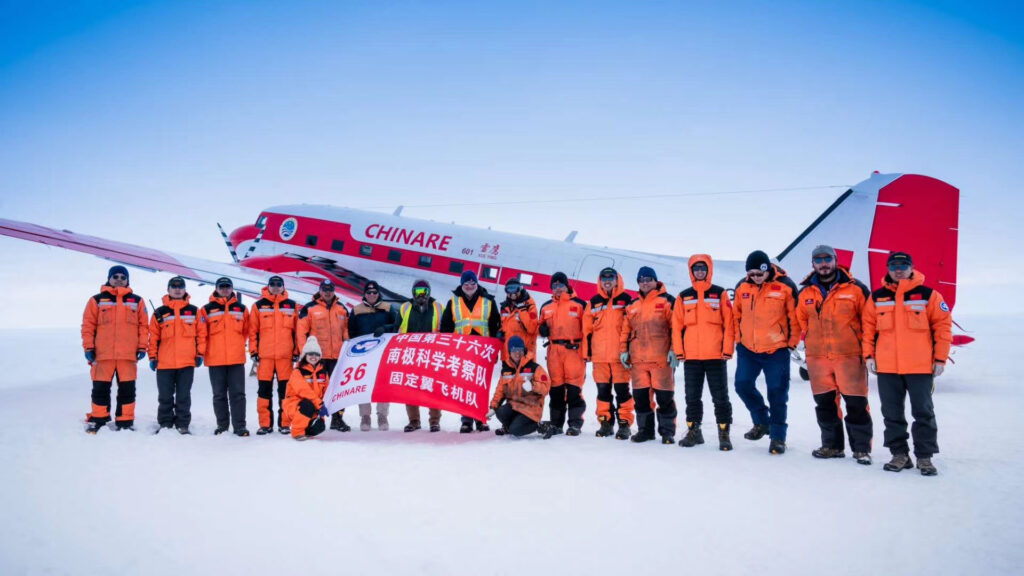
Situated along the Ross Sea’s coastline, the station spans an impressive 5,244 square meters, with its design inspired by the Southern Cross constellation. This celestial motif pays homage to the legendary Chinese navigator, Zheng He, who utilized the Southern Cross as a navigational beacon during his Western Ocean voyages.
Upon its inauguration, the station is slated to house 80 summer researchers and an additional 30 winter crew members. Its primary mission revolves around multifaceted research initiatives, including atmospheric studies, marine environment assessments, and ecological investigations.

The construction of China’s Ross Sea station is progressing rapidly. Zoomlion’s telescopic crawler cranes have reached the construction site on the western coast of Inexpressible Island in the Ross Sea. They have commenced the unloading of materials and are actively involved in erecting the new station’s steel framework.
The Antarctic’s Ross Sea region is globally recognized as an optimal location for polar scientific exploration. The Ross Sea station represents China’s fifth Antarctic research facility and its third year-round research station. Notably, it stands as China’s inaugural year-round research facility in this new era. Among China’s five Antarctic research stations, it boasts the largest footprint. Renowned for its efficiency, environmental sustainability, and advanced technology, the station has been aptly described as the “ultimate building in an extreme environment.”
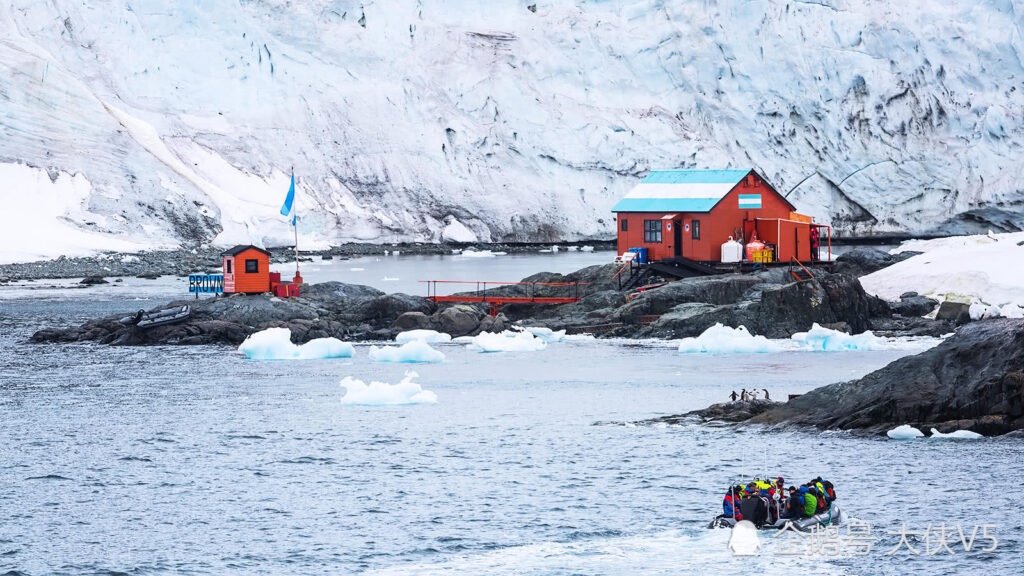
To ensure the successful realization of the new station’s construction, the Polar Research Institute of China (PRIC), under the guidance of China’s Ministry of Natural Resources, has established a dedicated project engineering department. This department meticulously delineates the objectives for each construction phase, identifies critical pathways, pinpoints pivotal processes, and crafts comprehensive implementation blueprints. Anchoring its efforts on the ambitious target of completing the primary edifice of the new station, PRIC has proactively devised preliminary exercises. These exercises are tailored to the unique challenges posed by Antarctic terrains, encompassing considerations such as specialized sea ice conditions, climatic variables, the nuances of engineering machinery, and the limited operational windows available in such extreme environments.
As the latest addition to the Antarctic’s lineage of research stations, the Ross Sea facility employs large modular construction techniques to streamline on-site operations. With a design featuring 14 distinct types encompassing 84 expansive modular units, the station integrates these modules directly into the steel structure, simplifying connections to primary pipelines.
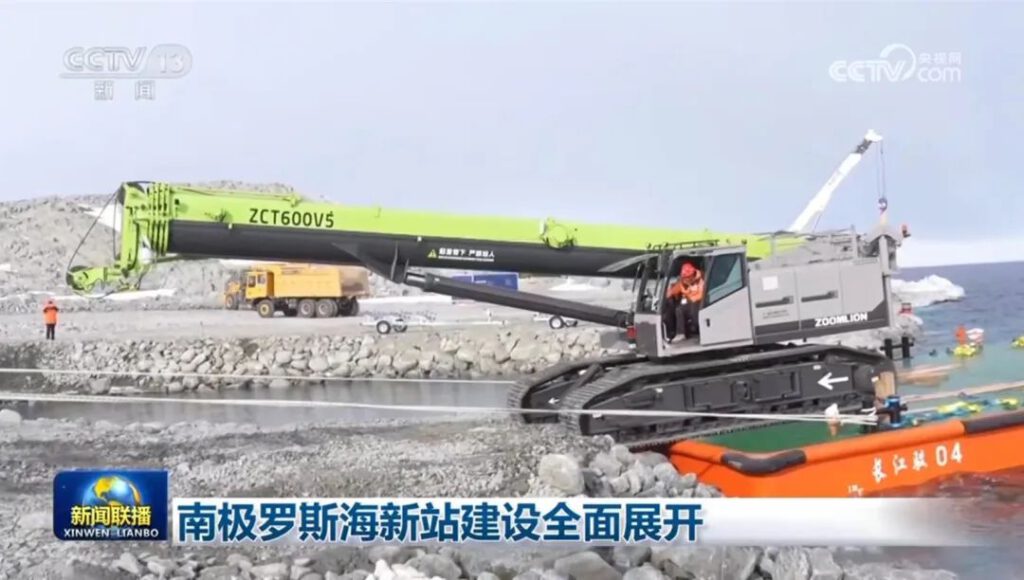
This innovative approach allows for swift module transportation and installation. Previously, Zoomlion cranes and counterparts were utilized domestically for customized assembly. Moving forward, these cranes will employ a block-building approach on the Antarctic ice sheet, providing researchers with a robust foundation for their exploratory endeavors in the heart of Antarctica.
The construction timeline for the Ross Sea’s new station is set at 60 days. Upon its completion, the facility is poised to host 80 researchers, facilitating comprehensive studies encompassing the atmospheric environment, marine ecosystems, and biological ecology, among other areas.
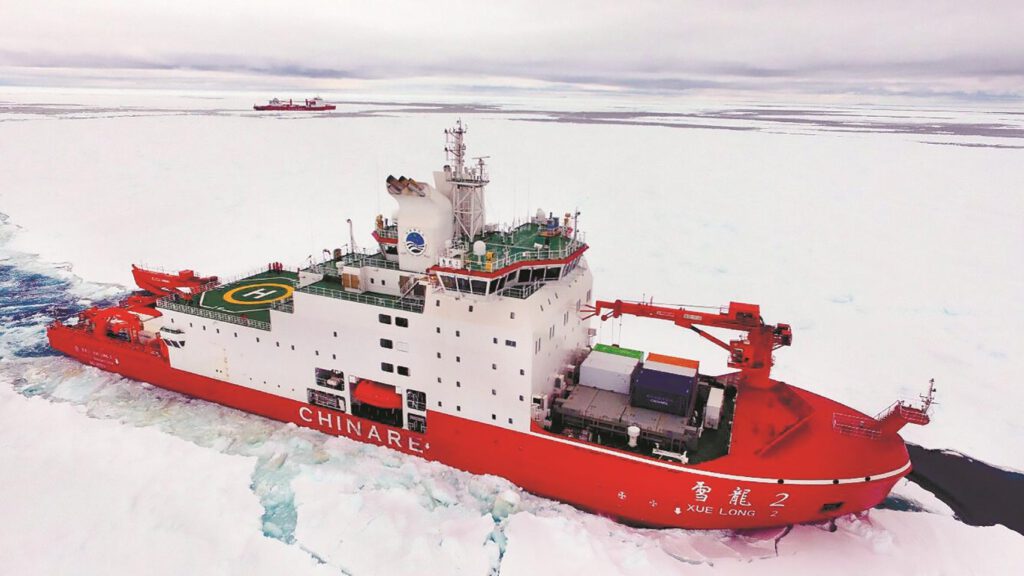
This ambitious endeavor underscores Zoomlion’s ongoing commitment to pushing boundaries, as evidenced by its equipment’s resilience in extreme environments, from the Qinghai-Tibet and Sichuan-Tibet Plateaus to both Poles. Such feats not only amplify human capabilities but also elevate China’s engineering prowess to unprecedented heights.
Plus, the station aims to foster collaborative ties with research outposts from neighboring countries, cultivating synergistic efforts in Antarctic exploration and conservation. Through these collaborative endeavors, the station endeavors to forge a path towards a harmonious and progressive era of Antarctic exploration, making substantial strides in advancing humanity’s peaceful and sustainable utilization of this pristine continent.
(Source: Xinhua Net, CCTV, reuters)



